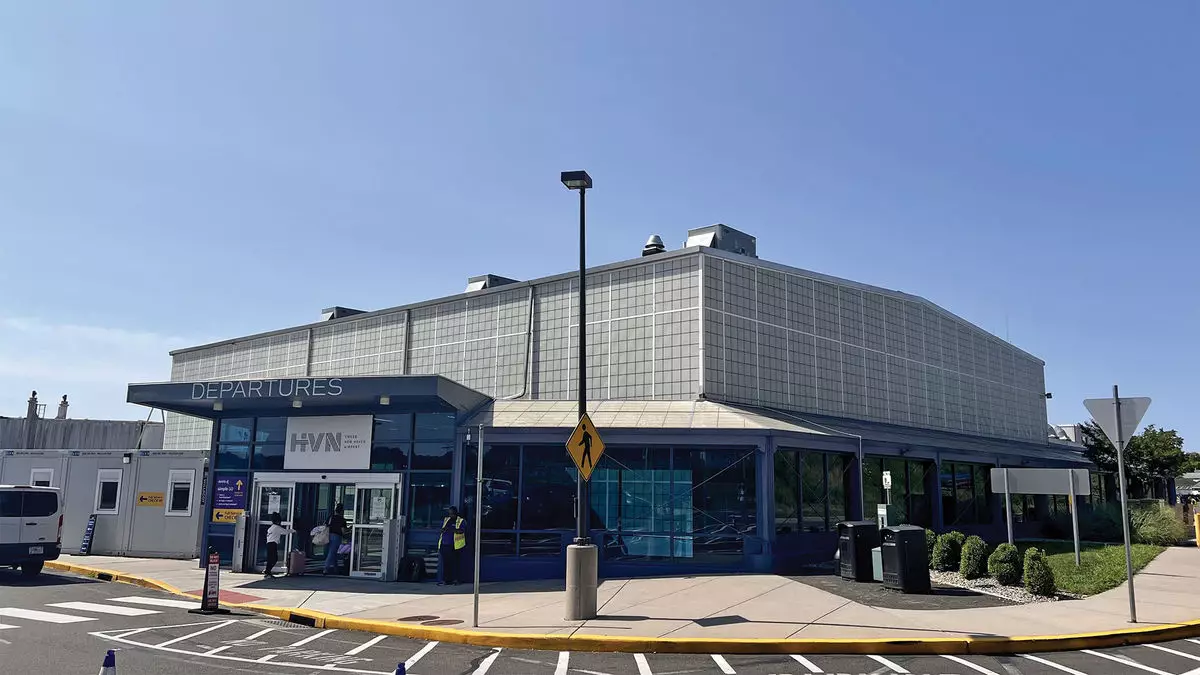Avelo Airlines began its journey in the aviation industry with a strategic advantage at Tweed New Haven Airport, becoming the exclusive carrier and turning profits in the fourth quarter of the past year. This advantage, however, might be short-lived, as the arrival of Breeze Airways represents a new challenge in a previously uncontested market. Companies in the low-cost carrier sector typically thrive on niche opportunities, and Avelo’s single-carrier dominance at New Haven was an ideal position. However, as Breeze prepares to introduce new routes and compete directly with Avelo, the balance of the local aviation landscape is likely to change.
Breeze Airways has officially announced plans to launch ten new routes from Tweed New Haven Airport starting this winter, six of which already overlap with Avelo’s existing offerings. Despite Breeze’s assertion that this move is not intended to directly challenge Avelo, the timing is interesting, especially following Avelo’s recent expansion into nearby Bradley Airport. This dual expansion raises questions about strategic motivations. Analysts suggest that both airlines see a ripe opportunity in New Haven’s affluent coastal population, which stands at about 1.7 million people, particularly given the challenges of accessing the busier airports in New York City.
One of the main reasons that both airlines are eyeing New Haven is the considerable local population that remains underserved in terms of affordable air travel options. The Connecticut coastline, while affluent, is not easily accessible to major airports, making Tweed a convenient alternative for local travelers. With the added complication of intense traffic to reach New York airports, the strategic location of Tweed becomes even more crucial. Analysts like Will Livsey point out that the labor market and population density in Connecticut warrant the introduction of more low-cost flight alternatives, echoing sentiments that both airlines are effectively filling a void rather than directly competing against one another.
The expansion strategy by Breeze raises eyebrows among industry experts, leading to confusion concerning market intentions. Analysts like Mike Boyd indicate that this confusion may be legitimate, with the dynamics of low-cost competition remaining complex. The essence of the rivalry seems to lie not necessarily in a direct imbalanced competition but in a race to establish dominance in a growing market. Each airline, with its unique approaches and histories, seems poised to carve out a niche that may ultimately benefit travelers in the region.
In addition to competition from Breeze, ongoing development plans at Tweed New Haven Airport add another layer of complexity. Proposed renovations could lead to expanded facilities and increased capacities, enabling both Avelo and Breeze to enhance their services. As airports evolve to meet rising demand, the prospect of larger planes and longer flights could alter service offerings entirely. Currently, Avelo primarily flies to popular sunshine destinations, making the potential for other domestic and international routes an enticing prospect for both airlines as they seek to optimize their market presence.
Breeze’s entry does not signify the end of Avelo’s reign over Tweed; rather, it signifies the beginning of a new chapter where two discount carriers can coexist and potentially benefit from each other’s presence. The Connecticut market may be ripe enough to support multiple low-cost carriers, an idea supported by Livsey’s analysis, which suggests that the demand may make it easier for Avelo and Breeze to thrive alongside each other.
This competitive environment, while initially concerning for Avelo, may have the unintended consequence of accelerating growth and innovation in services as both airlines strive to deliver the best customer experience while maintaining affordability.
The narrative at Tweed New Haven Airport is more than just about two airlines; it reflects broader trends in air travel, particularly in the low-cost segment. As these airlines vie for a share of the market, the landscape of how consumers view air travel is likely to shift towards favorability—encouraging competitive pricing, improved service, and additional routes. The future of air travel in Connecticut may ultimately hold a series of transformed opportunities that could redefine regional connectivity, benefiting the traveler in ways previously imagined only in bigger markets.
The arrival of Breeze Airways at Tweed New Haven Airport may initially seem like a direct threat to Avelo Airlines but could serve as a catalyst for growth and evolution in the local travel market, promising exciting developments in air travel for Connecticut and beyond.

